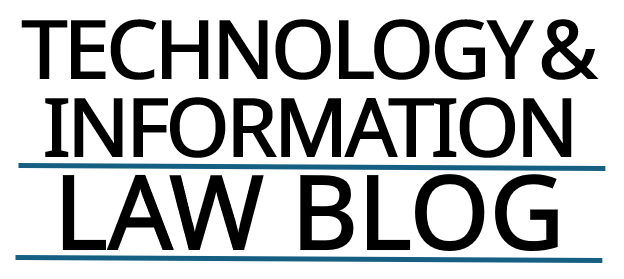In a significant opinion issued on August 23, 2024, the Federal Circuit vacated a district court’s award of attorneys’ fees under 35 U.S.C. § 285 in Realtime Adaptive Streaming LLC v. Sling TV, LLC, No. 23-1035. The decision serves as a clarifying reminder that the label “exceptional” requires more than a retrospective string of unfavorable rulings. It demands careful judicial scrutiny of the substantive merit of each supposed “red flag.”
Background
The litigation arose from Realtime’s assertion of several patents, including U.S. Patent No. 8,867,610 (“the ’610 patent”), which was ultimately found invalid under § 101. After prevailing at summary judgment and on appeal, DISH moved for attorneys’ fees. The district court granted the motion, identifying six “red flags” that allegedly should have warned Realtime of the weakness of its case.
These red flags included:
- The Google and Netflix district court decisions finding claims of the related ’535 patent ineligible under § 101.
- The Federal Circuit’s nonprecedential decision in Adaptive Streaming Inc. v. Netflix, Inc., 836 F. App’x 900 (Fed. Cir. 2020).
- IPR decisions invalidating claims of the ’535 patent.
- Non-final Office Actions during reexamination of the ’610 patent.
- A warning letter from DISH.
- Expert opinions from DISH’s technical expert, Dr. Alan Bovik.
The district court concluded that, in light of these events, Realtime’s “dogged pursuit” of the litigation rendered the case exceptional.
Federal Circuit: Some Red Flags Are Not So Red
On appeal, the Federal Circuit emphasized the discretion afforded to district courts under Octane Fitness, LLC v. ICON Health & Fitness, Inc., 572 U.S. 545 (2014), but reminded that such discretion is not unbounded. Relying on Highmark Inc. v. Allcare Health Mgmt. Sys., Inc., 572 U.S. 559 (2014), the court applied an abuse-of-discretion standard and found that the district court had erred in the weight—and in some cases, the very relevance—assigned to several of the six red flags.
Notably:
- Google and Netflix Decisions: The Federal Circuit upheld their relevance, finding the claims in Realtime were “essentially the same in substance” as those invalidated in the earlier cases. These were fair warning signs of potential ineligibility.
- Adaptive Streaming: By contrast, the court found this decision inapposite. The technology at issue was materially different, and the Federal Circuit criticized the district court for relying on a nonprecedential opinion without a rigorous comparison of claim language.
- Board Decisions (IPRs and Reexams): The court distinguished prior art invalidity under §§ 102/103 from conventionality under Alice Step Two, citing Berkheimer v. HP Inc., 881 F.3d 1360, 1369 (Fed. Cir. 2018), and Bascom Global Internet Servs., Inc. v. AT&T Mobility LLC, 827 F.3d 1341, 1350 (Fed. Cir. 2016). The district court failed to bridge this analytical gap.
- Notice Letter: The mere act of sending a letter threatening fees does not convert a case into an exceptional one. The Federal Circuit noted that such letters could become a routine tactic if courts accepted them as decisive evidence of exceptionality.
- Expert Opinions: The court rejected the notion that a party’s failure to adopt the opposing expert’s views—absent a clear showing of meritless advocacy—could support a fee award. Competing expert declarations are a hallmark of patent litigation, not an aberration.
Practical Takeaways
The decision reinforces that fee awards must be grounded in a holistic and fact-specific analysis, not a checklist of litigation setbacks. While unfavorable precedent or IPR outcomes may legitimately raise concerns about a case’s merit, they do not by themselves justify shifting fees.
This ruling should temper overbroad attempts to bootstrap § 101 ineligibility rulings into fee awards, particularly where litigants have plausible arguments or claim distinctions that the courts ultimately reject. It also underscores that a fee-shifting analysis must account for the nuanced legal standards of subject matter eligibility post-Alice, where conventionality and inventive concepts demand more than mere reference to the prior art.
Conclusion
Realtime v. Sling TV is an important checkpoint in the post-Octane jurisprudence. It highlights that not all warning signs are dispositive, and district courts must do more than count “red flags.” They must weigh them—carefully, individually, and with an eye toward whether the case truly “stands out” under § 285.
By Charles Gideon Korrell
